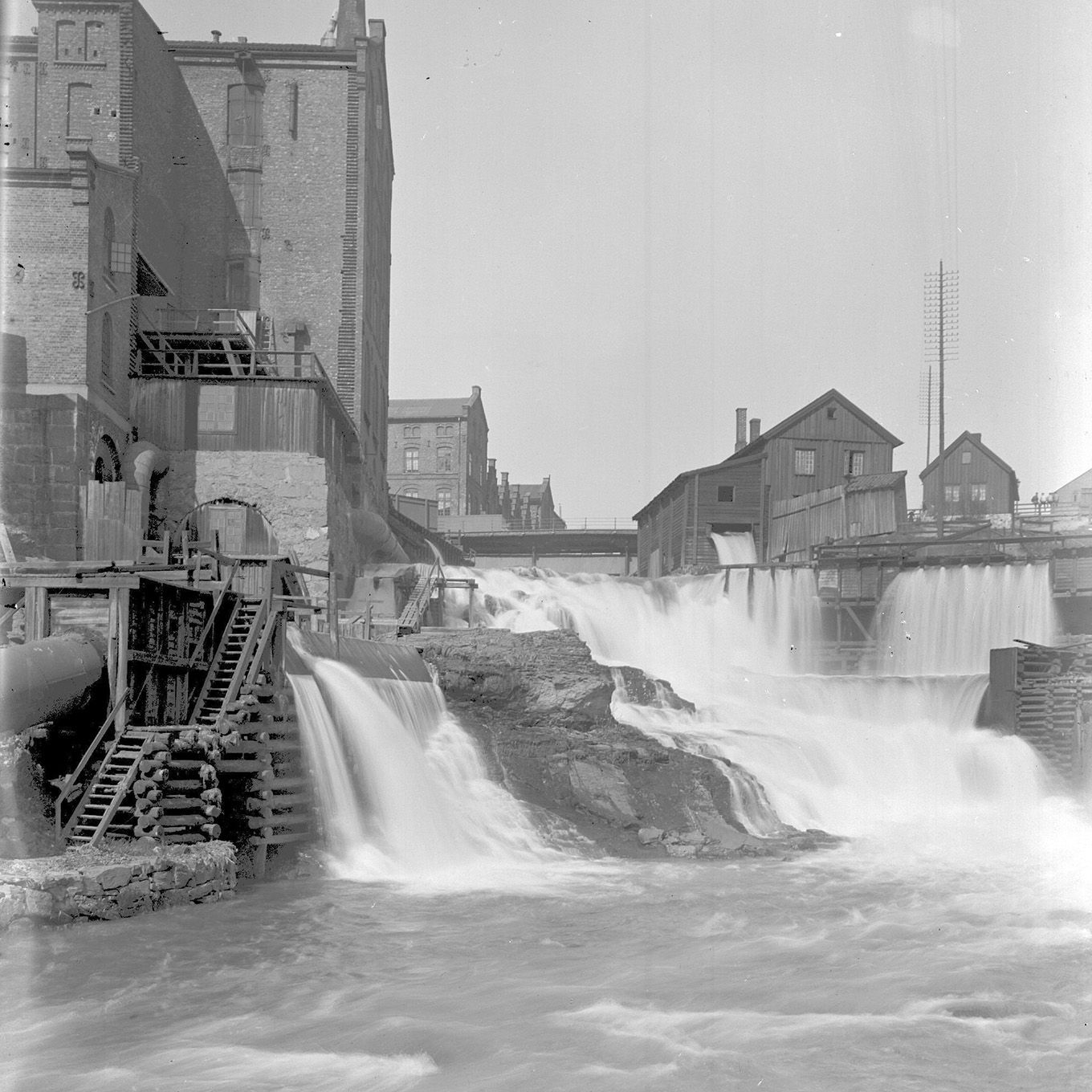History
The industrial Revolution
We are talking about living conditions in Kristiania and climate challenges that industrial society has created. In the 17th and 19th centuries, major technological and social changes took place. The steam engine and the loom are the beginning of the history of the development of industry, economy, demography, transport and communication.
Target group : VGS
Number : Max. 32 students
Duration : 45 minutes
Subject area : History
In the event of non-attendance without cancellation seven days before the day of attendance, the client will be invoiced a fee of NOK 500.
Curriculum:
Competence target
- explain the main features of the industrial revolution and examine what significance it had for business development and social conditions in Norwegian society
- give an account of welfare developments in Norway in the 20th century and discuss the consequences for people's lives
- assess how humans have related to nature, managed and used resources and use historical perspectives in conversations about sustainable solutions
- reflect on how technological upheavals from the industrial revolution to today have changed people's lives and shaped expectations for the future
What happens in this learning offer?
This is a 45 minute tour that actively uses the exhibitions to delve into key historical themes. The steam engine and loom are illuminated from several angles and in the museum's medicine exhibition we look at living conditions in Kristiania in the 19th century. The student is invited to share his perceptions and understanding of the industrial revolution in a dialogic guided tour.
Description of the lesson:
When registering at the mouse's reception, the teacher is allocated a column for attendance. The class will be picked up there and taken around the exhibitions. The order may vary based on deviations from other learning plans that day, work in the exhibitions or ongoing temporary exhibitions.
We want you as a teacher to be active, participating and curious with the children during the visit. The students get the best results if they come prepared, so feel free to show the students pictures or the "INTROVIDEO", tell them about what will happen, and check whether there is associated pre- and post-work for the teaching plan
You as a teacher are responsible for the group during the entire visit.
Explainer is responsible for implementing the program. The teacher has overall responsibility for the students. You may be asked to help along the way.
If you want an invoice, include the resource number and the correct invoice address.
You do not need to bring anything special to the Planetarium, but it is great if you have lots of questions about stars and planets.
If you have also seen the moon on a day when it is visible during the day, that is great!
Preparations
One of the teachers in the group approaches the reception. We will then register that you have arrived and you will be allocated a cloakroom space and possibly cabinet for locking up valuables.
Arrive at the museum no later than 10 minutes before the start of the program. Let us know if you will be delayed by phone. 22 79 60 00 . If you arrive late, the learning offer may be shortened or cancelled.
Click here to find the way to The Norwegian Museum of Science and Technology .
At The Norwegian Museum of Science and Technology the same rules apply as at school/kindergarten. We will
- be role models for each other
- be kind to each other and the exhibits
- use consensus
- don't run.
ATTENTION: Everything behind barriers must not be touched.
Then we all have fun and contribute to a good learning experience. If you decide that your group can visit the museum shop, the teacher must be present as long as some of the children are there.
You can eat the packed lunch in different places; in the cafe, at the reception and outside the museum entrance. It is not allowed to eat or drink in the exhibitions.
Kindergartens and schools can pay by cash/card on arrival or bring an invoice.
For invoices, you must include the requisition or resource number and invoice address.
You meet one of us!

Others

Thorhild

Caspar

Andreas

Joachim
Preparation:
Our learning offers do not require preparatory work, but it is always useful to prepare students for a museum visit. This can increase the learning outcomes from the museum activity, and links the classroom to the museum. Here are some wondering questions for the class, which can prepare and engage the students before they learn more about the topic at the museum
Wonder question
-
What do you think of when you hear The Industrial Revolution?
-
How would you describe the living conditions for those who worked in the factories in Kristiania in the 19th century?
-
Which technology do you think is important in today's society?




